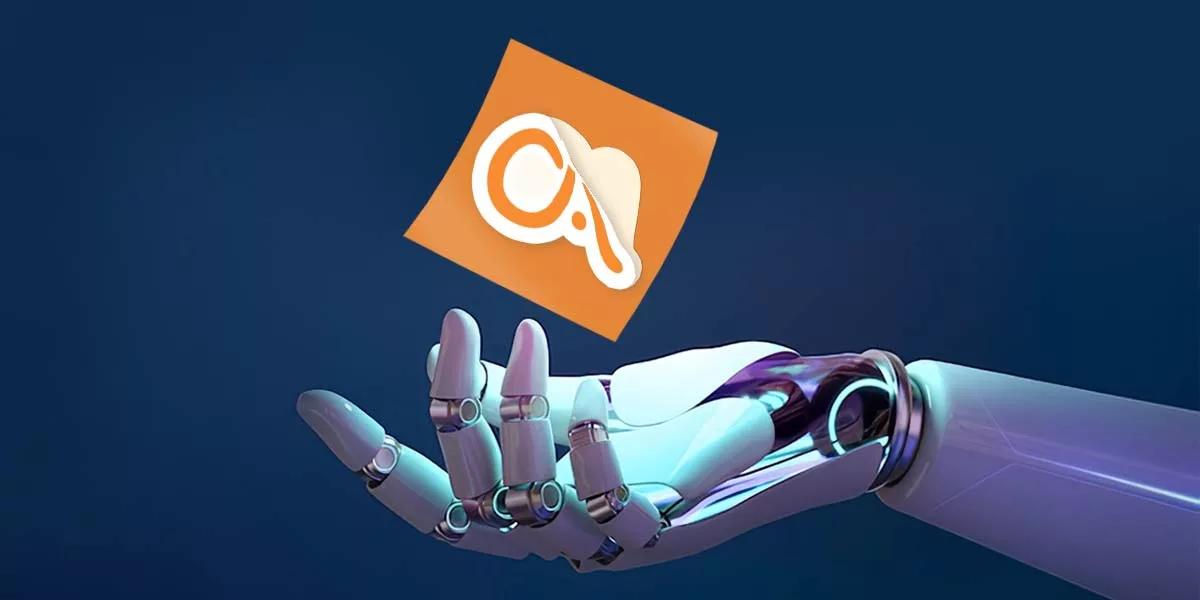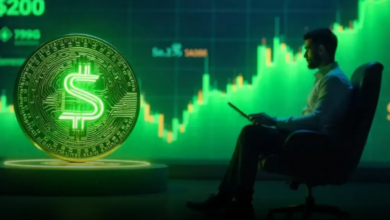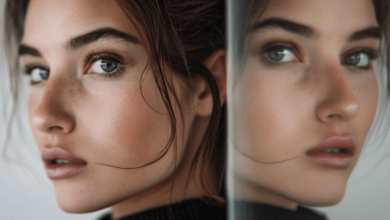The advent of artificial intelligence has fundamentally altered the landscape of image generation from textual inputs, introducing sophisticated techniques such as neural networks and Generative Adversarial Networks (GANs). These advancements empower creators to transform mere words into detailed visuals, thereby enhancing narrative capabilities across various sectors. However, this evolution prompts critical questions about the implications for artistic integrity and intellectual property. As we explore these developments, the intersection of creativity and technology invites further examination into the future dynamics of human expression and the ethical frameworks that will govern them.
Evolution of Image Generation
As technology has evolved, the field of image generation has undergone significant transformations driven by advancements in artificial intelligence.
The emergence of creative algorithms has revolutionized the text to image process, enabling unprecedented artistic expression and visual innovation.
See also: How Occupational Therapy Can Improve Daily Functioning
Key Technologies Behind AI
While various technologies contribute to the advancement of AI in image generation, neural networks, particularly Generative Adversarial Networks (GANs) and diffusion models, stand out as pivotal innovations.
These frameworks utilize text embedding to translate textual descriptions into visual representations, enabling the synthesis of highly detailed images.
The interplay of these technologies fosters creativity and expands the possibilities within digital artistry, empowering users with unprecedented freedom.
Applications Across Industries
The integration of AI-driven image generation technologies is reshaping numerous industries, demonstrating significant potential in fields such as healthcare, entertainment, and marketing.
In marketing, brands leverage innovative strategies to enhance visual storytelling, while healthcare utilizes AI for precise imaging and diagnostics.
Furthermore, these advancements foster artistic expression, enabling creators to explore new dimensions of creativity and redefine visual communication across various platforms.
Future Trends and Implications
Emerging trends in AI and image generation technologies indicate a transformative future, where enhanced algorithms and increased computational power will enable unprecedented levels of realism and creativity.
As these advancements unfold, ethical considerations will become paramount, necessitating frameworks that govern usage.
Furthermore, fostering creative collaboration between AI and human artists may redefine artistic boundaries, encouraging innovation while ensuring responsible practices in this dynamic landscape.
Conclusion
The transformation of image generation through AI represents a seismic shift in artistic creation, promising to redefine the boundaries of visual expression. As neural networks and GANs evolve, they empower creators to manifest their wildest imaginations with unprecedented precision and speed. This revolution not only enhances storytelling across diverse fields but also ignites a profound debate on the essence of creativity itself. The implications of this technological metamorphosis will echo through time, reshaping the very fabric of artistic endeavor.





